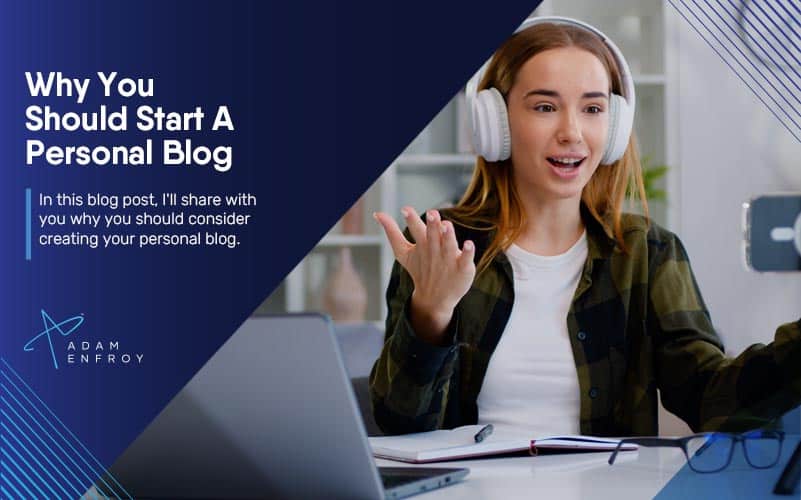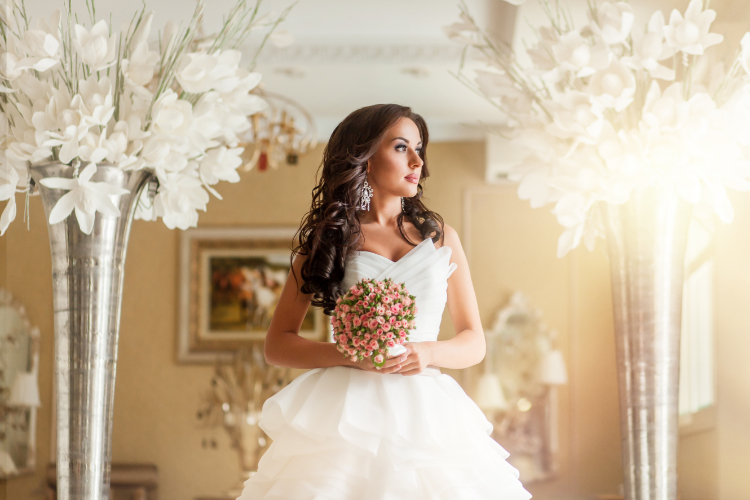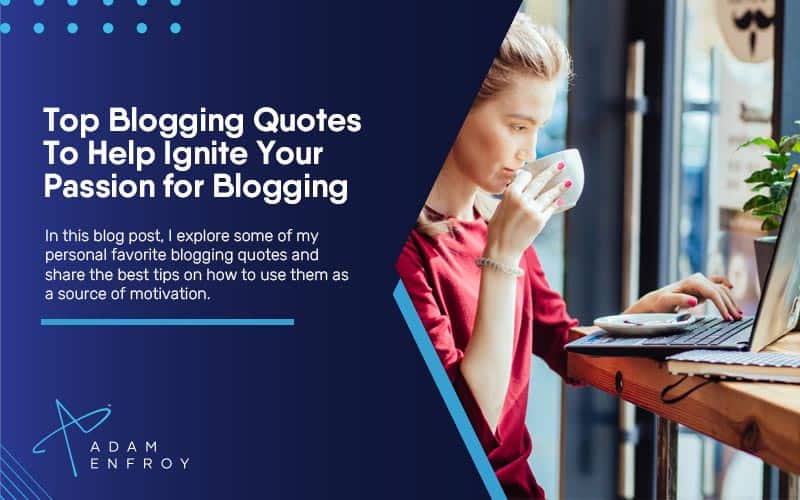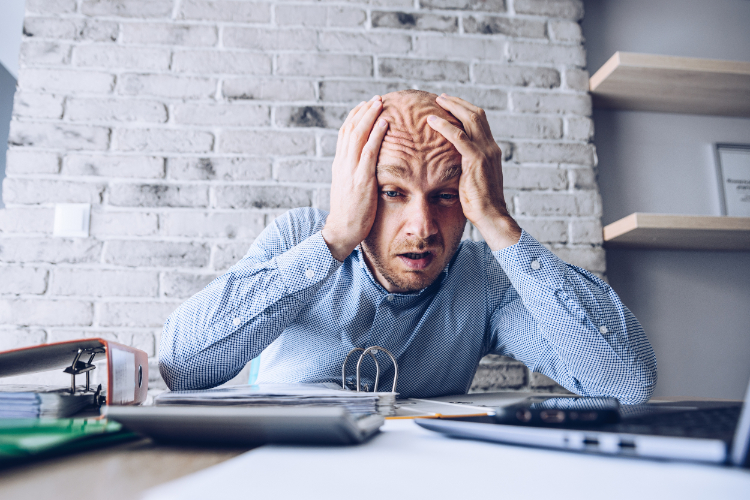What is AI Art and How You Can Use It (2023)
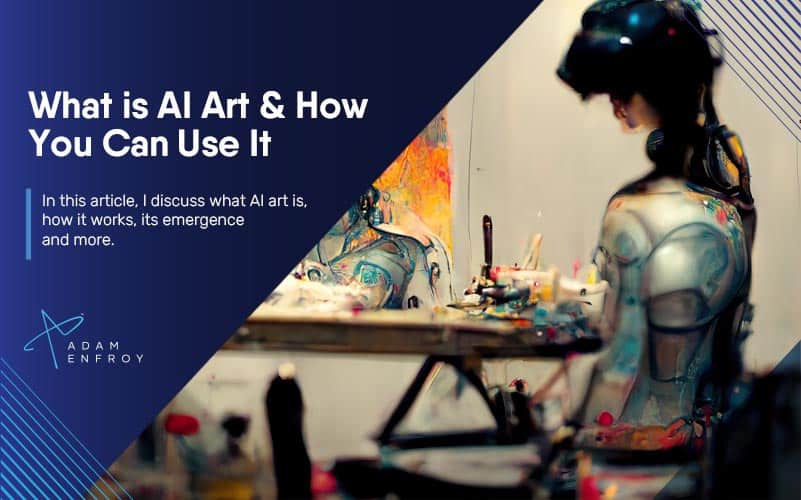
$432,500.
That’s the amount of money Edmond De Belamy sold for in 2018 at Christie‘s.
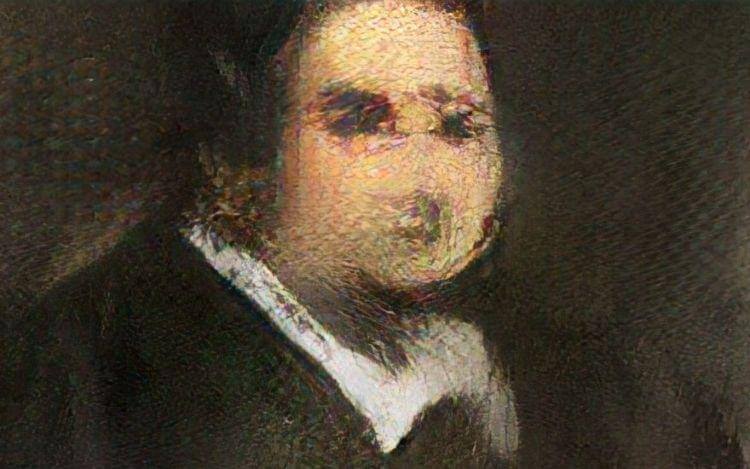
What’s unique about this piece of art is that it was a generative art piece.
In other words, artists used a machine learning algorithm to create such an art piece.
While many sales of this type have happened since then, this one highlighted how AI is changing the art world.
In this article, I will discuss the following topics:
- What is AI art?
- How does it work?
- The emergence of AI art.
- Considerations when using AI art.
- And more.
Let’s get started.
What is AI Art?
AI Art refers to artificial intelligence that uses neural networks to create new images never seen before.
In other words, AI developers use a data set of images to train a machine learning algorithm to generate new concepts based on what it has learned.
The results can be incredibly realistic or completely abstract, depending on the artist’s vision.
How Does AI Art Work?
One can use machine learning found within AI tools to create art.
Using AI art generators, artists provide text input that generates the AI artwork.
That said, there are use various machine learning algorithms for AI art.
1. Generative Adversarial Networks (GAN)
GANs are neural networks that one can use to create realistic images.
Such networks consist of two parts:
- a generator that creates new data
- a discriminator that tries to guess which information is real and which is fake.
The generator improves at making fake data that the discriminator can’t tell is fake.
Then, the discriminator improves at spotting fake data.
This process continues until the generator creates data that is indistinguishable from the actual data.
A creative adversarial network is another type of neural network that can be inventive when generating art.
2. Convolutional Neural Networks (CNN)
AI systems can also use convolutional neural networks (CNNs) to create art.
CNNs are a type of neural network that AI artists use for image recognition.
They work by taking an image and breaking it down into smaller pieces or convolutions.
The CNN then processes each convolution to extract features from the image, recombining the elements to create a new image.
The AI then repeats this process to create different versions of the same image or new ones.
3. Neural Style Transfer (NST)
One can also use human creativity to manipulate neural networks and create art.
In NST, digital art is created by taking the content of one image and the style of another painting and combining them to create a new one.
The content of an image is the subject matter, while the style is how the image is composed concerning things like color, brushstrokes, etc.
By training a neural network on a dataset of images, it can learn to extract the content and style of an image and combine them to create a new image.
The Emergence Of AI Art
Visual art through image generators is one way AI has become creative.
Computer science and deep learning have paved the way for various machine learning algorithms that one can use to create art.
While traditionally, the creative process involved factors such as talent and inspiration, AI is changing that by making it possible for anyone to create art.
With the emergence of photo-realistic image generators, anyone can create realistic images without much artistic talent.
Various examples of text prompts can give you an idea of how these generators work.
In addition, there are also open-source and free AI art tools that can help you get started with creating your art.
What Considerations Should Artists Keep In Mind?
Creating AI-generated art involves awareness of a few critical considerations.
Here are some things to keep in mind:
- Originality: When human art creates never-seen-before art, the artist can claim its identity. With art generated by a machine, establishing uniqueness can be more difficult. Machine-generated art is often mass-produced and thus less unique than traditional art. That said, registering images as NFTs (non-fungible tokens) can be used to establish ownership and originality of digital art.
- Value: As art takes a new visual form through computer-generated images, its value may change. The value of fine art used to be based on things like the artist’s reputation, the rarity of the piece, and its historical context. With machine-generated art, one may find the value of the input image, the algorithm used, and the creator’s intent.
- Meaning: As computer art becomes more realistic and lifelike, it will also take on new meanings. With AI art generators, users can create images that convey specific messages or feelings.
- Context: Artificial intelligence art can take any form, from abstract to realistic. With computer-generated art taking the form of anything between conceptual art and photo-realistic images, it’s essential to consider the context in which people will view it. After all, an AI painting with a specific context may be easier to interpret.
What Can AI Art Not Do?
As various pieces of artwork created are created by algorithms, there are still multiple limitations to what AI art can produce.
While AI technology has progressed a ton and the creative process has become more automated, realistic images are still difficult to generate.
AI paintings involving humans and different body parts (including hands, faces, and torsos) are still some distance away from reality – more on this in the next section.
AI artworks and abstract artistic creation go along hand in hand at this stage.
Spotting AI art
Here are the main ways to differentiate between AI-created art and regular art:
- Lack of quality: One of the main ways to spot AI-created art is its lack of quality. While computer programs can generate realistic images, they often lack the nuance and detail of images created by human artists.
- Realism: Another way to spot AI-created art is by its realism. A creative tool that generates computer graphics can still not fully replicate the intricacies of real life. As such, AI-generated images often have a slightly artificial look to them.
- Faces, eyes, and hands are off: People can still spot artificial intelligence paintings involving others by their inaccuracies. With AI-generated images, body parts such as faces, eyes, and hands often look slightly off. Further updates need to happen for algorithmic art related to people to be truly realistic.
- Blurry transitions: Transitions as part of an image are often another giveaway that AI created the picture. While human artists can naturally create smooth transitions, computer programs often struggle with this task. As such, AI-created images often have blurry or jagged transitions.
- Highly saturated colors: Seeing deliberately over-processed images is usually another sign that AI created the art. While other artists may use saturation for effect, they often do it more subtly than AI-generated artwork.
The Future of AI Art
OpenAI started the mainstream trend of AI-created art by opening Dall-E 2 to the general public in 2022.
That said, no one can predict what the future holds.
With tools such as Jasper Art, Photosonic, Midjourney, Nightcafe, Google Deep Dream, and more, many stakeholders are interested in the future of AI art.
Such interest means that the future of AI art is likely to be positive. While it’s impossible to predict what will happen, one can expect continued development in computer-generated art.
Wrap Up.
AI-created art is a new and exciting field in its early stages.
While the quality of AI-generated images still needs to be on par with human-created artwork in some regards, it is improving rapidly.
At the same time, there are areas where technology has (subjectively) superseded human creativity.
It will be interesting to see how AI-created art develops in the coming years.
Will it become more realistic?
Will we see more abstract works?
Will it be used primarily for commercial purposes?
Only time will tell.
For now, we can enjoy the various creations that have come about thanks to this new technology.
What do you think of AI art?
Have you seen any examples that you particularly liked or found fascinating?
Further reading on AdamEnfroy.com: Used with AI art, AI design software tools can help you create incredible visuals without needing a human designer.
Then, with AI marketing tools, you can take things a step further and use automation to save time on tasks like social media management, email marketing, and more.
Running a business with various artificial intelligence software tools can help you scale your efforts and free up time to focus on other areas of your business.


